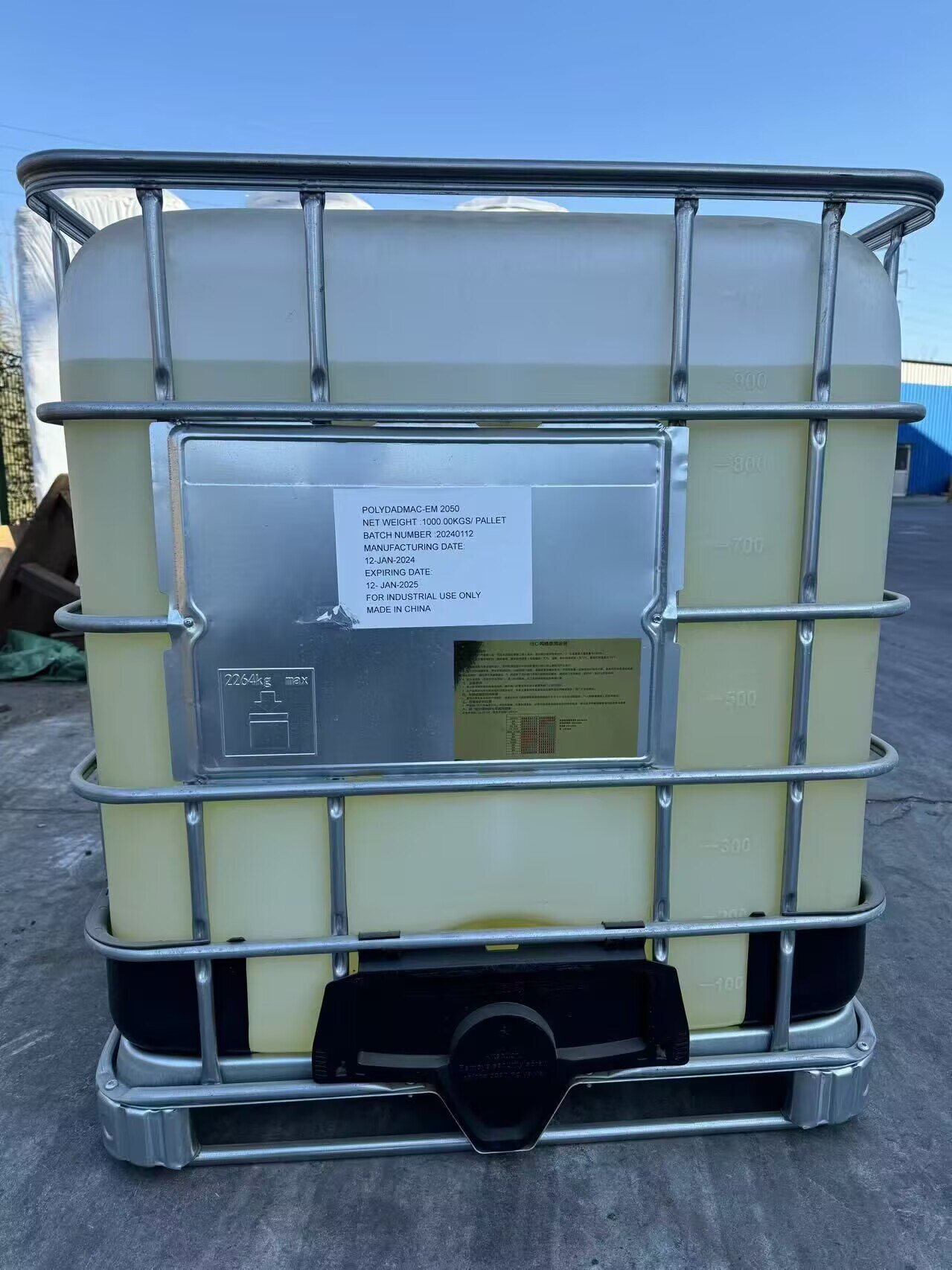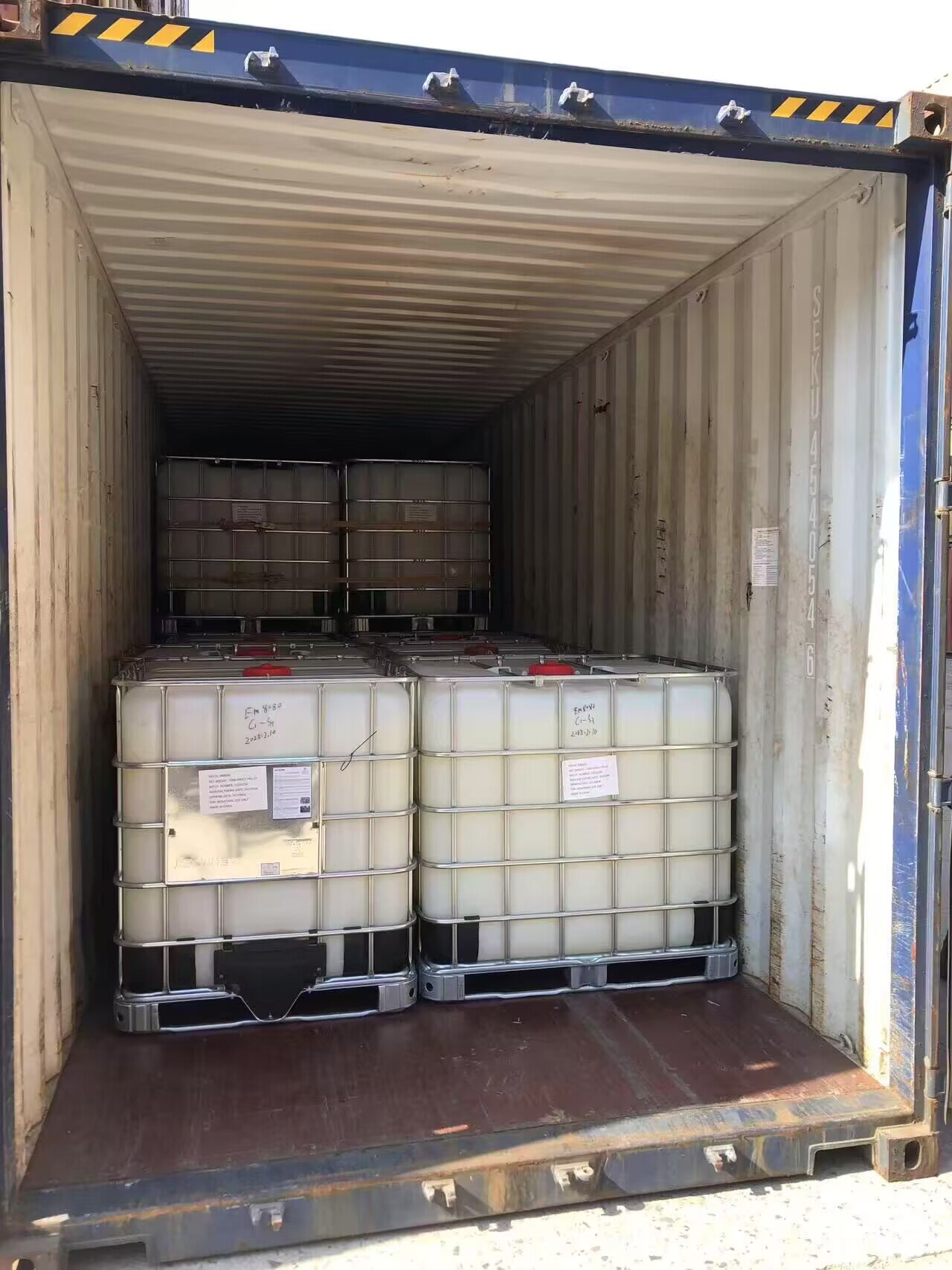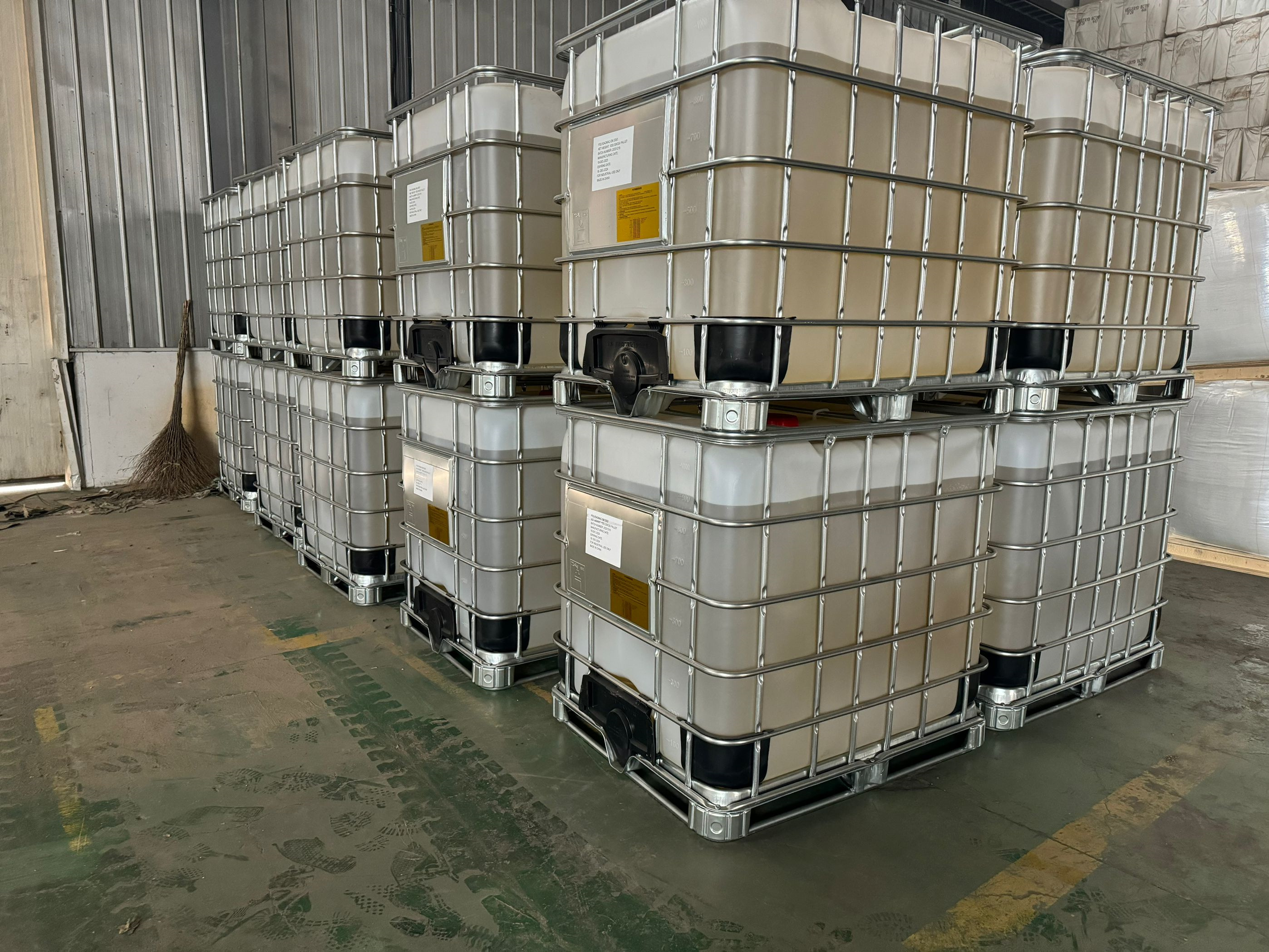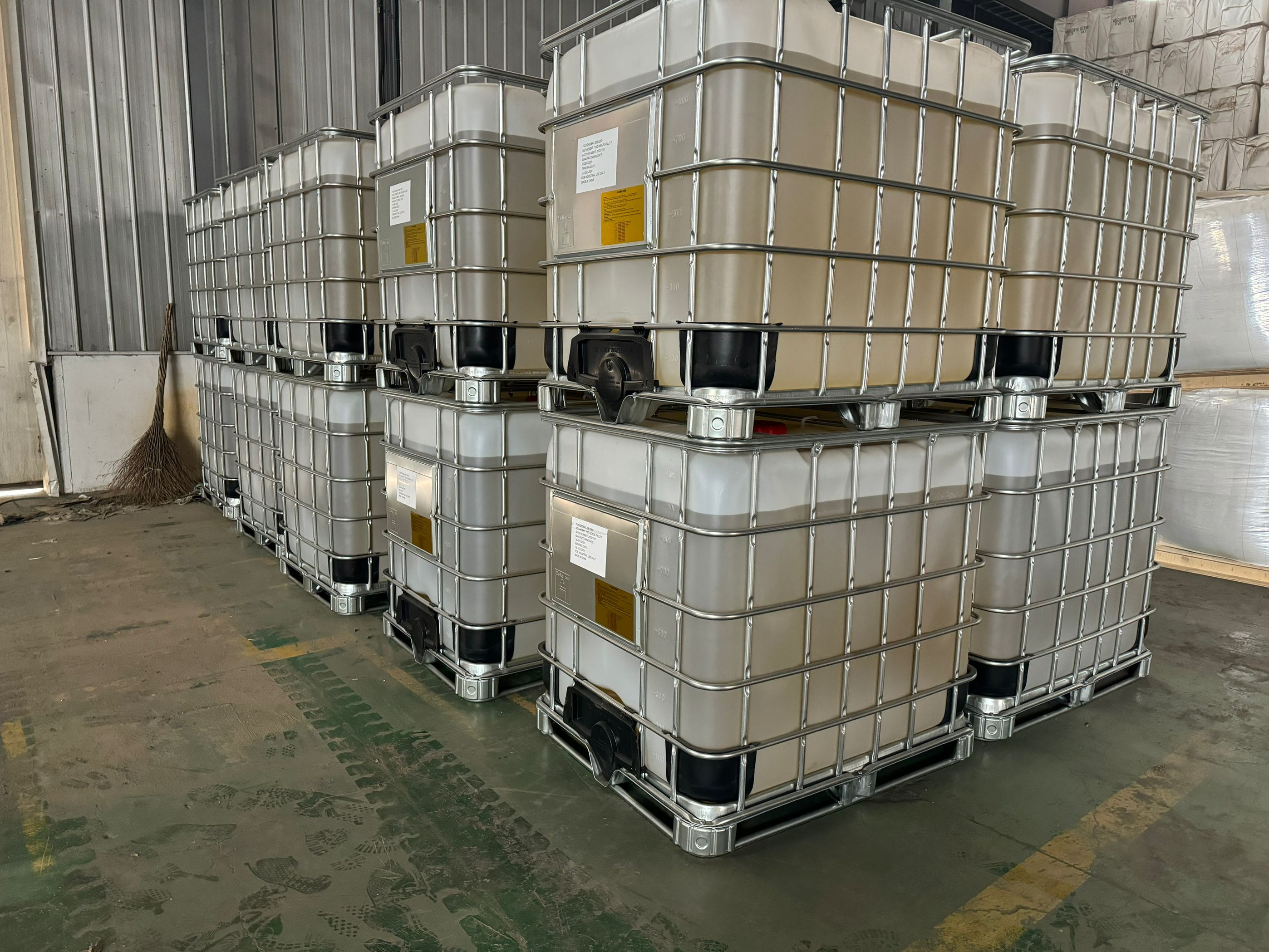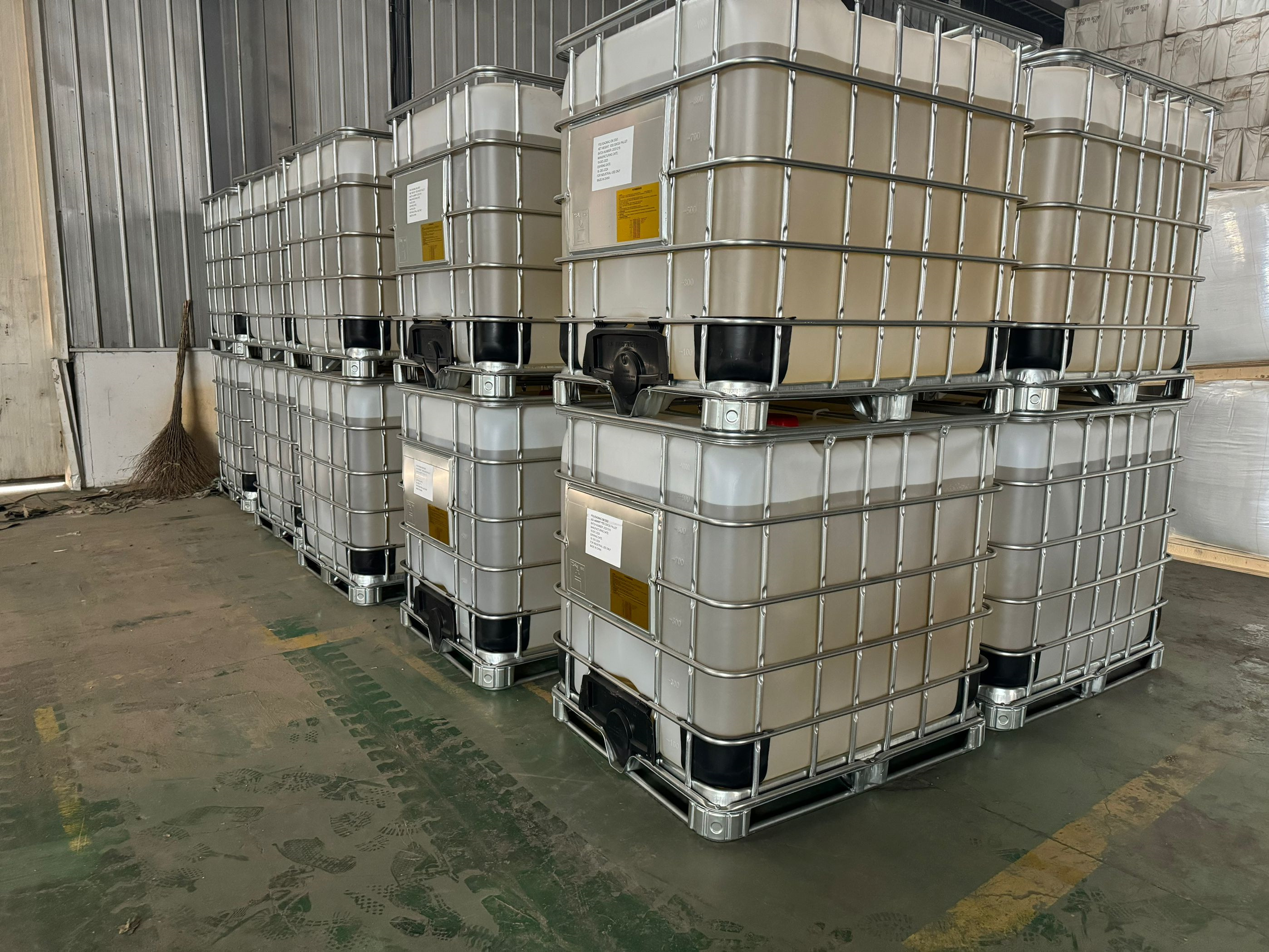Polyacrylamide / Flocculant / Coagulant / Polyaluminium chloride (PAC) / CMC / Decoloring Agent / DRA / SAP /
Polyamine is a category of organic compounds characterized by the presence of multiple amine groups (-NH2) within their molecular structure. These compounds are widely found in nature, playing essential roles in cellular processes and are also synthetically produced for various industrial applications. The versatile nature of polyamines, owing to their chemical structure, allows them to interact with a wide range of materials and environments, making them invaluable in numerous industries.
1. Understanding Polyamines: Structure and Types
Polyamines are organic compounds containing two or more amine groups. The simplest polyamines include ethylenediamine (which has two amine groups) and diethylenetriamine (with three amine groups). More complex polyamines like spermine and spermidine, found naturally in cells, are essential for cell growth and function. These naturally occurring polyamines are critical for stabilizing DNA structures, modulating enzyme activities, and supporting cellular functions such as proliferation, differentiation, and apoptosis.
Synthetic polyamines, on the other hand, are engineered for specific industrial applications. They are characterized by their high charge density and can be modified to possess varying molecular weights and structures to suit different purposes. The unique properties of polyamines, such as their ability to form ionic bonds with negatively charged substances, make them highly effective in applications that require the neutralization of charges, binding of particles, or the enhancement of specific material properties.
2. Main Applications of Polyamines
The broad applicability of polyamines stems from their ability to function as flocculants, coagulants, corrosion inhibitors, and more. Below, we explore some of the primary industries where polyamines are integral.
A. Water and Wastewater Treatment
One of the most significant applications of polyamines is in water and wastewater treatment. In this context, polyamines are employed primarily as coagulants and flocculants. They help in the removal of suspended solids, organic matter, and other impurities from water.
Coagulation and Flocculation: Polyamines, being highly cationic, are effective in neutralizing the negative charges on particles suspended in water. This neutralization is crucial because it allows these particles to come together, forming larger aggregates or flocs. These flocs can then be easily removed from the water through sedimentation or filtration. This process is essential in both drinking water purification and wastewater treatment.
Color Removal: In industrial wastewater, especially from textile manufacturing, where dyes are heavily used, polyamines play a crucial role in color removal. By binding to the dye molecules, polyamines help to precipitate them out of the water, leading to clearer effluent that can be safely discharged or further treated.
Heavy Metal Removal: Polyamines are also employed to remove heavy metals from wastewater. Their ability to chelate or bind with metal ions allows for the effective removal of metals such as lead, mercury, and cadmium, which are common pollutants in industrial wastewater.
B. Paper and Pulp Industry
In the paper and pulp industry, polyamines are used to improve the quality of paper products and enhance the efficiency of the papermaking process.
Retention Aids: During the papermaking process, retention aids are used to ensure that fine particles, fillers, and fibers are retained within the paper sheet rather than being lost in the wastewater. Polyamines act as excellent retention aids by binding to these particles and helping them adhere to the fiber mat during the formation of the paper sheet. This results in stronger, more uniform paper and reduces the consumption of raw materials.
Dry and Wet Strength Enhancement: Polyamines are also used to enhance the dry and wet strength of paper. By improving the bonding between fibers, polyamines help to produce paper that is stronger when dry and maintains its integrity when exposed to moisture. This is particularly important for products such as packaging materials and paper towels, which need to be durable in various conditions.
Pitch Control: Pitch, a sticky substance derived from wood resins, can cause significant problems in papermaking by depositing on machinery and leading to production inefficiencies. Polyamines help control pitch by stabilizing it in the pulp and preventing it from agglomerating and sticking to equipment.
C. Oil and Gas Industry
The oil and gas industry utilizes polyamines in several critical applications, particularly in drilling operations and enhanced oil recovery processes.
Shale Inhibition: In drilling operations, water-based drilling fluids can cause shale formations to swell and disintegrate, leading to wellbore instability. Polyamines are added to drilling fluids as shale inhibitors because they can interact with the clay minerals in shale, reducing water uptake and stabilizing the formation. This helps in maintaining wellbore integrity, reducing drilling problems, and ensuring smoother operations.
Corrosion Inhibition: Corrosion is a significant concern in the oil and gas industry, where equipment and pipelines are often exposed to harsh environmental conditions. Polyamines are used as corrosion inhibitors, where they form a protective film on metal surfaces, preventing corrosive substances from causing damage. This extends the lifespan of equipment and reduces maintenance costs.
Enhanced Oil Recovery (EOR): Polyamines also play a role in EOR techniques, where they are used to improve the extraction of oil from mature or challenging reservoirs. Their ability to reduce interfacial tension between oil and water facilitates the mobilization of trapped oil, enhancing the overall recovery rates.
D. Textile Industry
In the textile industry, polyamines are essential for processes such as dyeing, finishing, and wastewater treatment.
Dye Fixation: Polyamines are used as dye fixatives to enhance the binding of dyes to fabrics, especially those with anionic dyes. The cationic nature of polyamines ensures that they can bond effectively with negatively charged dye molecules, resulting in fabrics with improved color fastness and resistance to washing.
Antistatic Agents: Static electricity can be a problem during the processing of synthetic fibers, leading to issues such as dust attraction and fabric cling. Polyamines are used as antistatic agents to mitigate these problems by reducing the buildup of static charge on the fibers, thus improving the handling and quality of the textiles.
Textile Wastewater Treatment: The textile industry generates significant amounts of wastewater laden with dyes, chemicals, and other contaminants. Polyamines are employed in the treatment of this wastewater, where they help in the removal of color, reduction of chemical oxygen demand (COD), and precipitation of suspended solids. This treatment is crucial for ensuring that textile effluents meet environmental standards before being discharged.
E. Personal Care Products
Polyamines are also utilized in the formulation of various personal care products, where their properties as conditioning agents, film-formers, and stabilizers are highly valued.
Hair Care Products: In shampoos and conditioners, polyamines help to improve the manageability and smoothness of hair by forming a protective film over the hair strands. This reduces frizz, enhances shine, and makes the hair easier to style, contributing to the overall performance of the product.
Skincare Products: In lotions, creams, and sunscreens, polyamines act as film-formers that help create a smooth and even layer on the skin. This layer not only improves the texture of the product but also helps in locking in moisture, protecting the skin from environmental damage, and enhancing the stability of the formulation.
Deodorants and Antiperspirants: Polyamines are used in deodorants and antiperspirants to enhance the effectiveness of the active ingredients. They contribute to the product's overall stability and performance, ensuring long-lasting protection and comfort for the user.
F. Agriculture
In agriculture, polyamines are used as soil conditioners, plant growth regulators, and components of fertilizers.
Soil Conditioning: Polyamines are applied to improve soil structure, enhance water retention, and promote root development. This leads to healthier plants and increased crop yields, making polyamines valuable in modern agricultural practices.
Plant Growth Regulation: Polyamines influence various physiological processes in plants, including cell division, flowering, and fruit development. By applying polyamines as growth regulators, farmers can enhance crop quality, improve resistance to environmental stresses, and increase productivity.
Fertilizer Formulations: Polyamines are also used in the formulation of fertilizers, where they help in stabilizing nutrients and improving their availability to plants. This results in more efficient nutrient uptake and better overall crop health.



